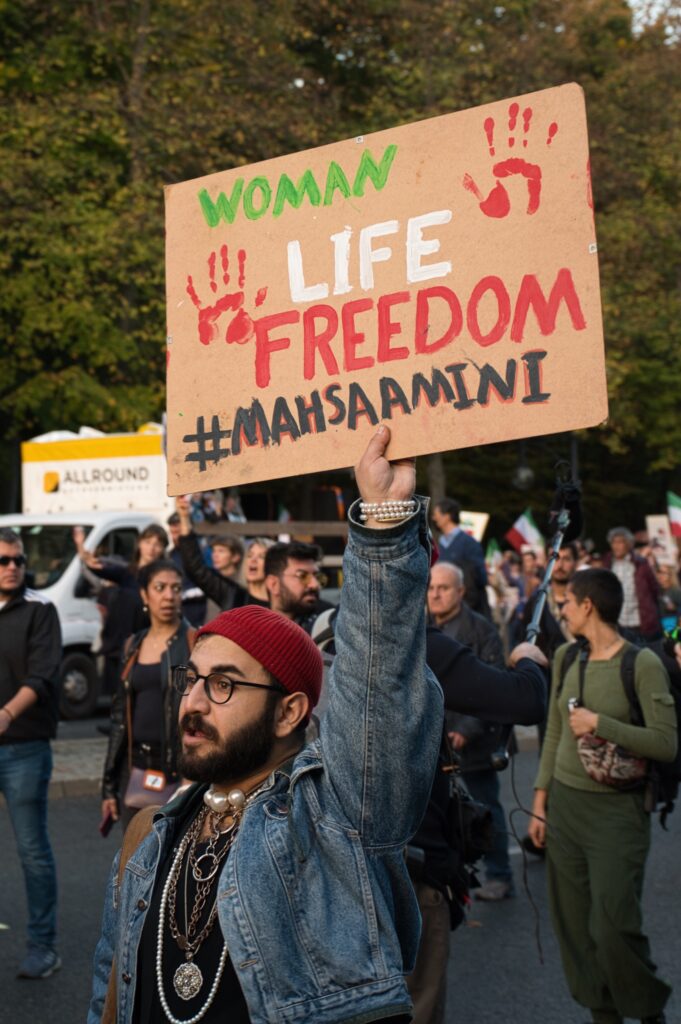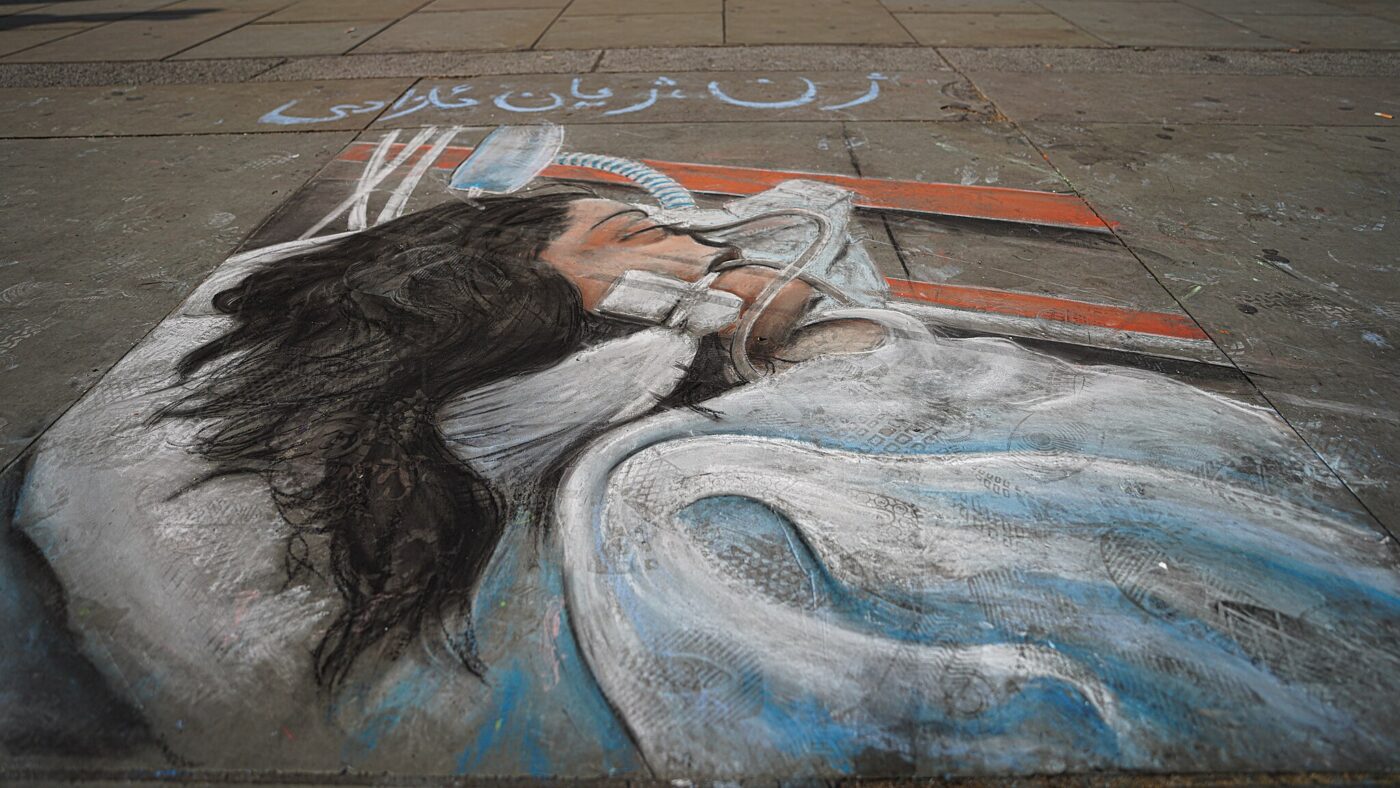On September 16, 2022, 22-year-old Mahsa Amini was killed by the Iranian morality police. Her crime: not properly covering her hair. The morality police enforce the laws regulating Islamic dress, and Hadi Ghaemi—the executive director of the Center for Human Rights in Iran located in New York—described them as “state security forces who are assigned to harass and subjugate women and thereby show a constant demonstration of force”. Mahsa’s death was not the first of its kind, but it marked the beginning of a revolutionary wave in Iran. Her face was on posters and her name was screamed during the protests that ravaged the streets of cities all over Iran. The world heard the protesters chant “Woman, Life, Freedom”. The Iranian government attempted to silence the protesters, arresting over 20 000 and killing over 500. Of them, sixty-eight were children under the age of 18.
In Iran, history repeats itself through protests against the Islamic regime. In 1979, the Islamic Republic of Iran was born as a result of a revolution led by Ayatollah Ruhollah Khomeini. This revolution led to the strangulation of women’s rights. The age of marriage for girls was reduced from eighteen to nine. Women could no longer seek divorce and lost the right to child custody, women could no longer become judges, and men were legally allowed to take several wives. On March 8th in the year of the revolution, thousands of women took to the streets to protest against the imposition of the veil. But they were met with attacks and eventually forced to hide. Since 1979, the cycle has continued.
This is the Iran that Persian women still live in. Iranian women today are the only women in the world whose grandmothers had more rights than they do. Women are not allowed to dance or sing alone in public, to ride a bicycle, or to attend matches in sports arenas. A woman’s inheritance is worth half that of a man. Surveillance cameras have been installed to identify and punish the women who do not cover their hair. They are forced to sit at the back of the bus. This time around, though, men sit with them. Iranian men have stood in solidarity beside the women who take off their hijabs in the streets and cry out in protest against the Islamic regime. A report produced by the Human Rights Activists News Agency (HRANA) shows that out of the estimated 500 dead in the protests, a majority of them are men.
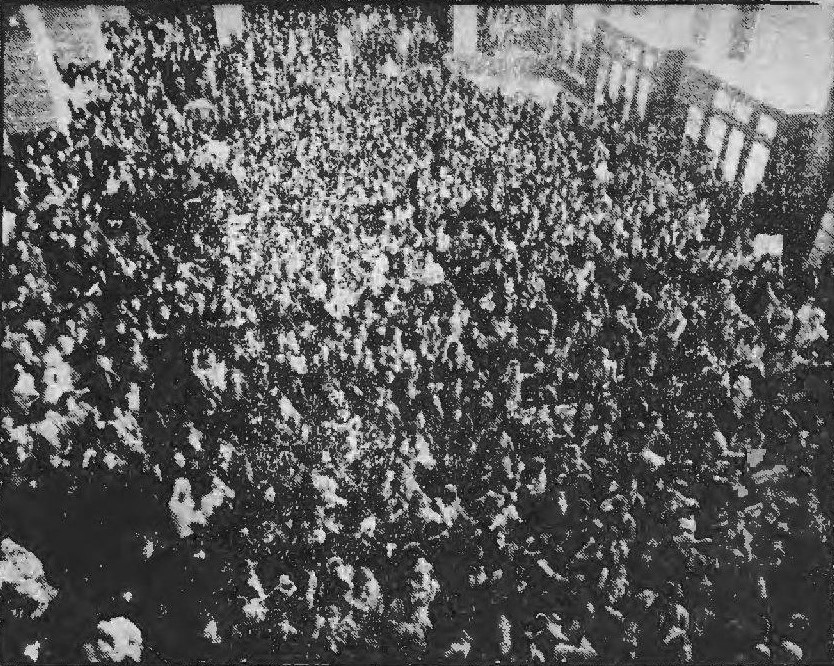

The Iranian government has shown no remorse in taking its own citizens’ lives in order to silence opinions that do not align with their extreme Islamic ideology. Nika Shahkarami, a 16-year-old girl, set fire to her headscarf whilst chanting “death to the dictator” during a protest. Soon after she went missing, and was later found dead. 17-year-old Abdolfazl Adinezadeh was shot and killed when he protested on the streets for freedom. The peaceful protests eventually died down as a result of the violent crackdown from the Iranian regime. Those who partook in public protests were ruthlessly killed by the mortality police, the Revolutionary Guard (IRGC)—an armed force established to defend the regime, but who are separate from the conventional military force of Iran—and their internal security militia: the Basij.
Even though the protests have died down, the shockwaves of this revolutionary movement in Iran are still being felt. Anybody who dares articulate an opinion that differs from that of the regime is arrested. An Iranian journalist—Nazila Maroufian—was rearrested for not wearing a headscarf in public and online. She continues to risk her freedom by going against the regime. Iranian female athletes challenge their regime and openly defy the veil-policy by not wearing a headscarf during competitions. Shervin Hajipour—the man behind the theme song of the movement: “Baraye”—was jailed shortly after the song went viral. Today he is facing jail time up to six years in prison and is banned from leaving the country. 16-year-old Armita Garawand was attacked in the Tehran metro in October 2023 as a result of her defiance against the veiling laws. She is still in a coma. These people are the actors of a revolution who continue to fight for women and human rights, risking their own lives and freedom. They continue to sow the seeds of democracy, whether that be during a large demonstration or through passive protest.
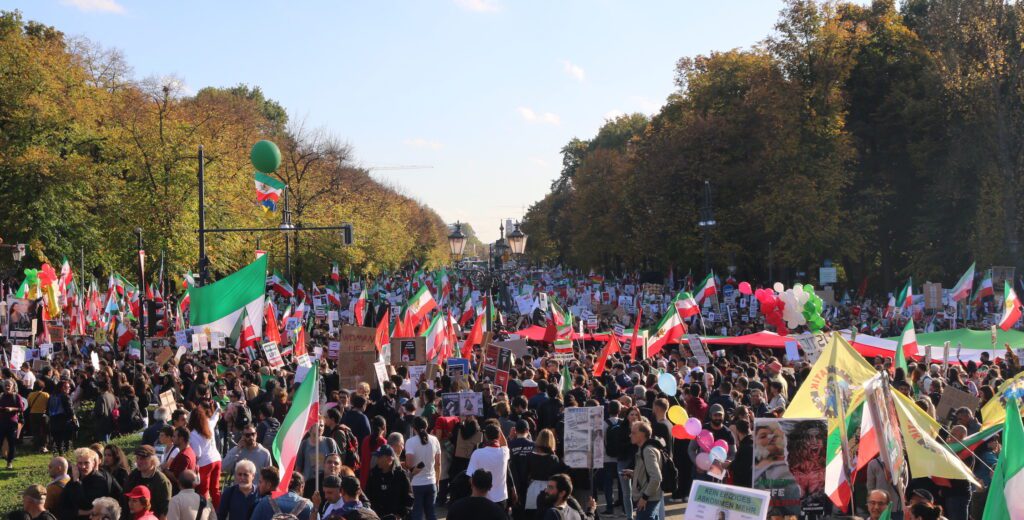

The protests in Iran gained international attention, with demonstrations taking place in countries all over the world in support of the protesters in Iran and their fight against oppression. The Nobel Peace Prize last year went to Narges Mohammadi, a woman who has been at the front of the Iranian freedom movement for years. Her struggles for freedom resulted in her being arrested thirteen times, and sentenced to 31 years in prison and 154 lashes. When she was awarded the Nobel Peace Prize, her children had to accept the award for her, as she has been and remains imprisoned in Evin prison in Tehran, notorious for its human rights abuses. She has continued her fight for freedom from behind bars. Shervin Hajipour’s song was even awarded a Grammy.
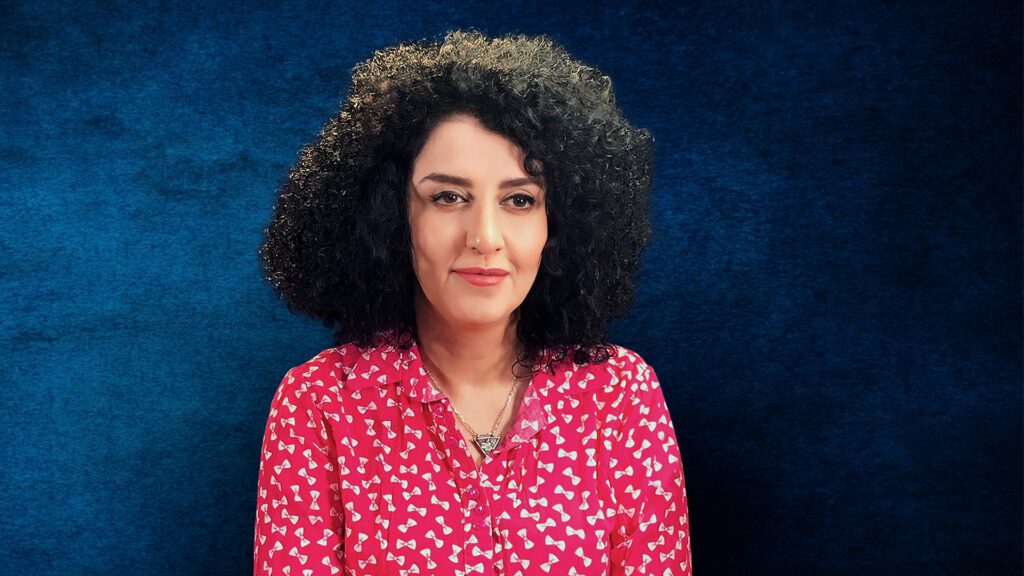

One of the gravest details about the methods used to punish and silence protesters is systematic, torturous rape. In a report published by Amnesty International, protestors that survived being arrested and detained by the Revolutionary Guards describe their experiences. There are reports of women being raped by state agents with glass bottles, wooden and metal batons, hosepipes, and agents’ sexual organs and fingers. Agnés Callamard—Amnesty International’s Secretary General—is quoted saying that the police “used rape and other sexual violence to torture, punish and inflict lasting physical and psychological damage on protesters, including children as young as 12”. Women who defy the government by not wearing their hijab have said that they would rather be shot and killed on the spot rather than being detained by the Revolutionary Guard.
Despite their best efforts to break the spirit and backbone of the freedom movement, the Iranian regime has not and will not succeed in stopping the people who fight for their rights. Every protest is a baby step towards freedom: freedom to dance in the streets, freedom to peacefully protest, freedom to choose whether or not to cover one’s hair. The strangulation of women’s and human rights goes hand in hand with a strangulation of Iranian culture. It’s not just about a hijab anymore. It’s much bigger. The resistance continues, and “Zan, Zendegi, Azadi” will forever be a part of Iranian culture.
By Roya Juhlin-Dannfelt
January 19, 2024
This article is an opinion piece and its contents represent the standpoint of its author and not UPF Lund or The Perspective’s editorial board.
